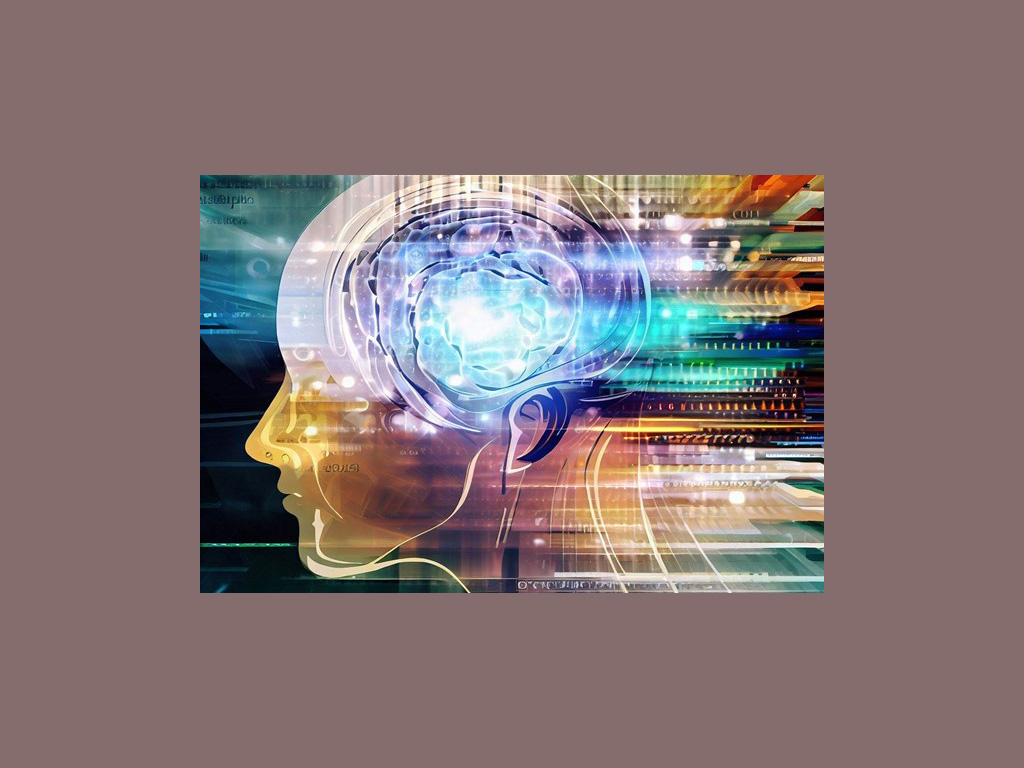Problems With the Traditional ADHD Diagnosis
ADHD affects millions of people worldwide, making it one of the most common mental health conditions. Getting an ADHD diagnosis, however, can be a challenging and complex process. One of the primary difficulties lies in the subjective nature of the disorder’s symptoms. ADHD symptoms, such as inattentiveness, hyperactivity, and impulsivity, can vary widely in their presentation and severity among individuals. This subjectivity makes it difficult to establish clear diagnostic criteria, often leading to discrepancies and delays in obtaining an accurate diagnosis.
Additionally, the overlap of ADHD symptoms with other mental health conditions further complicates the diagnostic process, requiring careful assessment and differentiation. Furthermore, the reliance on self-reported symptoms and observations from multiple sources, such as teachers, parents, and healthcare professionals, introduces potential biases and inconsistencies. The lack of objective biomarkers for ADHD poses an additional challenge, as it relies heavily on clinical assessments and behavioral observations, which can be influenced by various factors. Overall, the complexities surrounding ADHD symptoms, comorbidity with other disorders, and the absence of definitive diagnostic tests contribute to the difficulties individuals face in obtaining a timely and accurate ADHD diagnosis.
Now, however, thanks to recent advancements in artificial intelligence (AI) and machine learning (ML), the diagnostic process for ADHD is being transformed. Below are some of the ways in which AI and ML are revolutionizing the diagnosis of ADHD, offering new possibilities for early detection and more precise treatment plans.
The Power of Data
Artificial intelligence thrives on data, and the diagnosis of ADHD is no exception. With the availability of large datasets comprising behavioral patterns, neuroimaging scans, and genetic information, AI algorithms can analyze vast amounts of data to identify patterns, correlations, and markers associated with ADHD. These data-driven insights offer a more objective approach to diagnosis, reducing the influence of subjective bias.
Digital Biomarkers and Behavioral Analysis
AI-based tools can leverage digital biomarkers and behavioral analysis to detect and monitor ADHD symptoms. By utilizing data from wearable devices, smartphones, and computer interactions, these tools can assess various aspects of an individual’s behavior, such as attention span, impulsivity, and activity levels. Machine learning algorithms can then analyze these patterns and provide objective measurements, contributing to a more accurate diagnosis.
Neuroimaging and Brain Connectivity
Neuroimaging techniques, such as functional magnetic resonance imaging (fMRI), provide valuable insights into the functioning of the brain. AI algorithms can analyze these neuroimaging scans, identifying specific brain regions or connectivity patterns associated with ADHD. By comparing an individual’s scan with a database of ADHD-related brain patterns, AI can assist in diagnosing ADHD based on neurobiological markers, further enhancing diagnostic precision.
Natural Language Processing and Clinical Assessments
Communication plays a vital role in diagnosing ADHD, as patients often provide self-reported symptoms during clinical assessments. Natural Language Processing (NLP) techniques enable AI systems to analyze and interpret these reports, extracting relevant information and identifying linguistic patterns associated with ADHD. By combining NLP with machine learning, clinicians can gain additional insights and improve the accuracy of their diagnostic assessments.
Early Detection and Intervention
One of the significant advantages of AI and ML in ADHD diagnosis is the potential for early detection. By analyzing data from childhood and tracking behavioral patterns over time, AI algorithms can identify early signs of ADHD in children. Early detection allows for timely interventions, leading to better long-term outcomes and improved quality of life for individuals with ADHD.
Ethical Considerations and Challenges
While AI and ML bring promising advancements to ADHD diagnosis, it is essential to address ethical considerations and challenges. Protecting patient privacy, ensuring unbiased algorithms, and maintaining human oversight in the decision-making process are critical aspects that must be carefully addressed during the development and deployment of AI systems.
Artificial intelligence and machine learning technologies are transforming the landscape of ADHD diagnosis. By leveraging the power of data, digital biomarkers, neuroimaging, natural language processing, and behavioral analysis, AI systems offer more objective and accurate assessments. The integration of AI in ADHD diagnosis opens new avenues for early detection, personalized treatment plans, and improved outcomes for individuals with ADHD. However, it is crucial to continue researching, refining algorithms, and addressing ethical considerations to ensure responsible and effective use of AI in mental health diagnoses.
References
- https://www.news-medical.net/news/20230626/Cracking-the-code-machine-learning-models-predict-ADHD-symptoms-in-youth.aspx—
- https://www.nature.com/articles/s41598-022-17126-x—
- https://jamanetwork.com/journals/jamanetworkopen/fullarticle/2802554—
- https://www.wired.co.uk/article/early-adhd-diagnosis-ai—
- https://www.frontiersin.org/articles/10.3389/fpsyt.2023.1164433/full—



